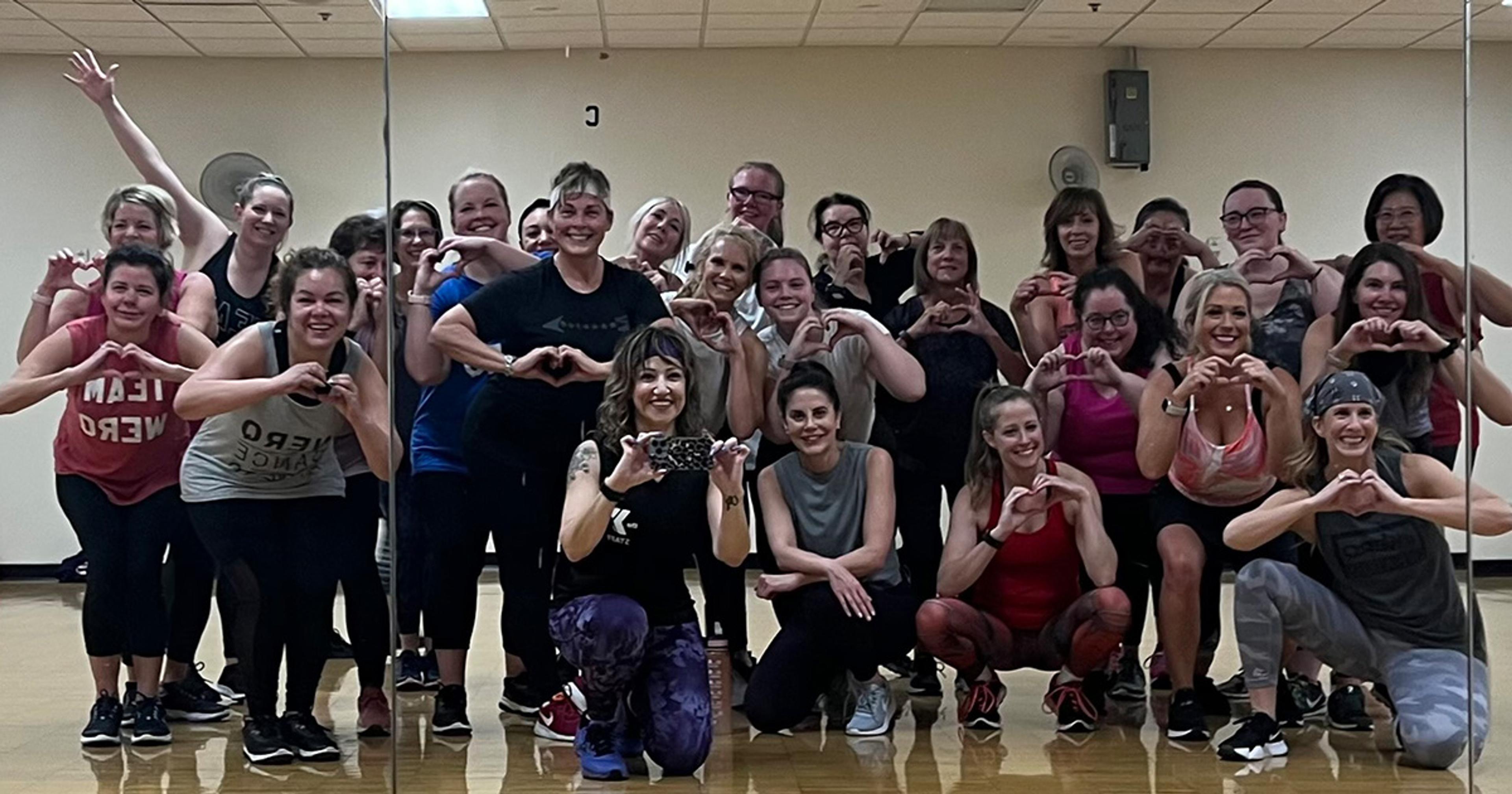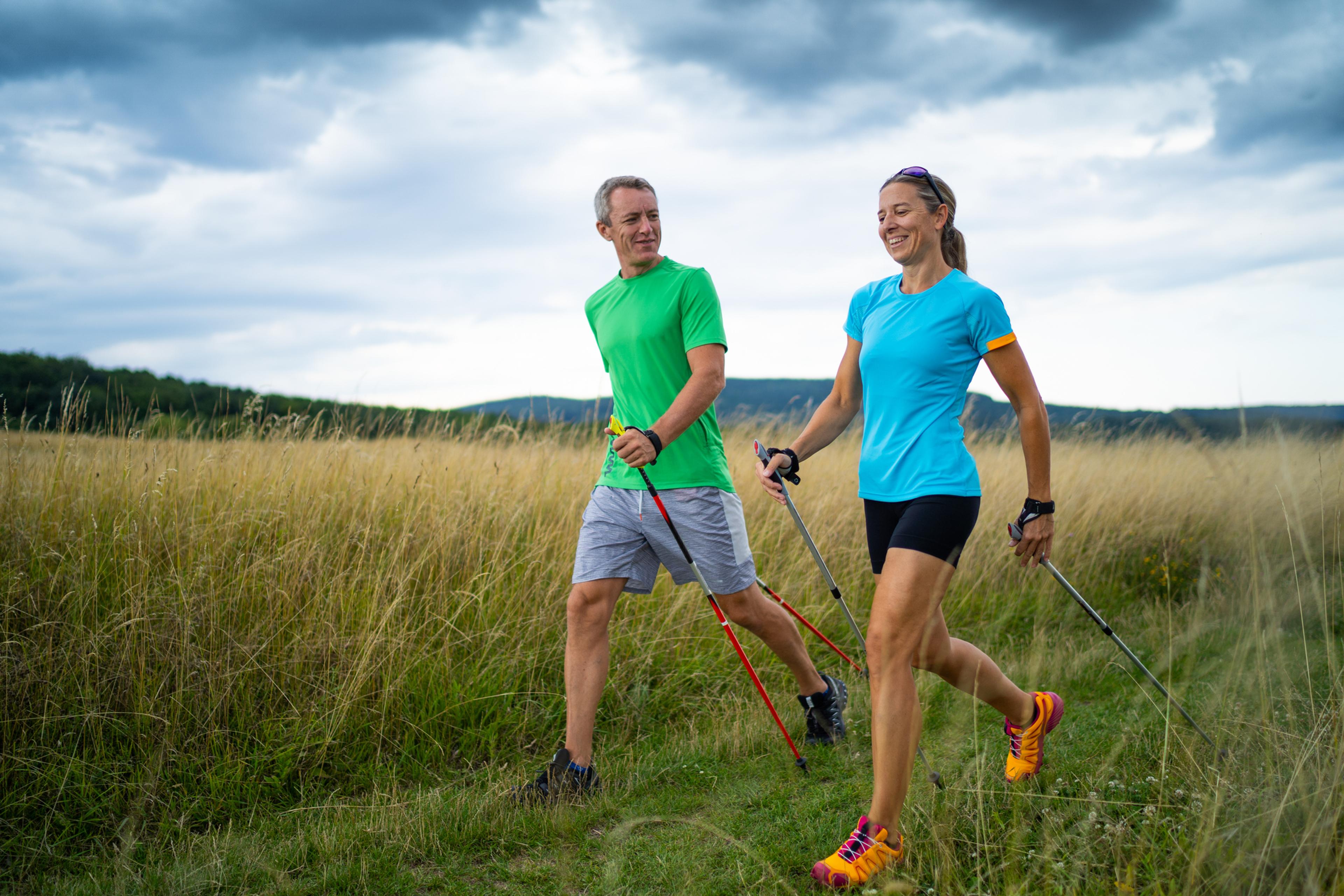The truth behind barefoot running shoes: it’s complicated

Kristin Coppens
| 3 min read
With the recent emergence of minimalist running shoes like Vibram Five Fingers and Nike Free, barefoot running has become the source of popularity, fad, debate, and confusion. Some say barefoot running takes us back to the beginning of what humans were meant to do, therefore, making it more natural. Some say barefoot running causes injury and long-term damage.
The truth is, the topic of barefoot running is complicated. The pros and cons are definitely present, yet it is still new enough that the research is arguably incomplete.
From someone who has had four knee surgeries and ongoing knee and hip ailments, running is not a present force in my life; however, those are special circumstances that prevent my ability to be a runner and, therefore, make barefoot running sound too risky for me. However, for those of you who consider yourselves runners and run on a regular basis, barefoot running has probably crossed your mind as a fun and interesting new concept.
A few individuals out of Runner’s World claim that running truly barefoot allows nerve endings in our feet to stand at high alert and cause us to correct our gait and run much less sloppily. In that sense, some say that barefoot running is a more natural cure to running related ailments. In reality, most “barefoot runners” are not running entirely barefoot. They are actually running minimalist, which is where the fad of barefoot running shoes comes in. Companies like Vibram and Nike have come out with some of the best minimalist shoe models in the Five Fingers and Frees, respectively.
The praise for minimalist running shoes comes from the notion of smaller impact and a better foot strike when running. Minimalists cause you to land much more gently and lightly than traditional running shoes, leading to less impact on your knees, hips, and other joints. Additionally, they allow your foot to strike the pavement in the front rather than through your heel, which is most common in non-minimalist running shoes. Heel striking can be detrimental to your joints and cause painful shin splints.
Something to think about is the length of your stride. It makes sense that a longer stride would force you to strike your heel when you come back down. In that aspect, any one could achieve the “feel” of barefoot running by simply shortening your stride while running. Therefore, it could be argued that a smart benefit of the barefoot running fad is not necessarily the new shoes, but actually the heightened awareness of proper form and shortened stride.
Though there seem to be benefits to running barefoot or in minimalist running shoes, it is imperative to understand that research is still a bit sparse on the long-term effects. The claim might be that barefoot running prevents a larger amount of running related ailments and injuries. Nevertheless, it is unknown whether or not injuries you may still experience are more severe. According to Dr. Reed Ferber, from the University of Calgary, barefoot running might actually “increase the incidence of Achilles problems, plantar fasciitis, patella-femoral (anterior knee) pain and iliotibial band syndrome. Running barefoot can also lead to overuse symptoms and osteoarthritis.”
One of the biggest misconceptions with barefoot running comes from integration for beginners. Typically, injury ensues because barefoot beginners grossly under estimate the training required to transition from traditional running shoes to barefoot running or minimalist shoes. If you choose to run barefoot or wear minimalist running shoes, you have to start out very slow, approximately a half-mile at a time, and, preferably, on a softer surface, like an indoor/outdoor track.
Have you tried adding barefoot running into your routine?
Photo credit: Rampant Gian





